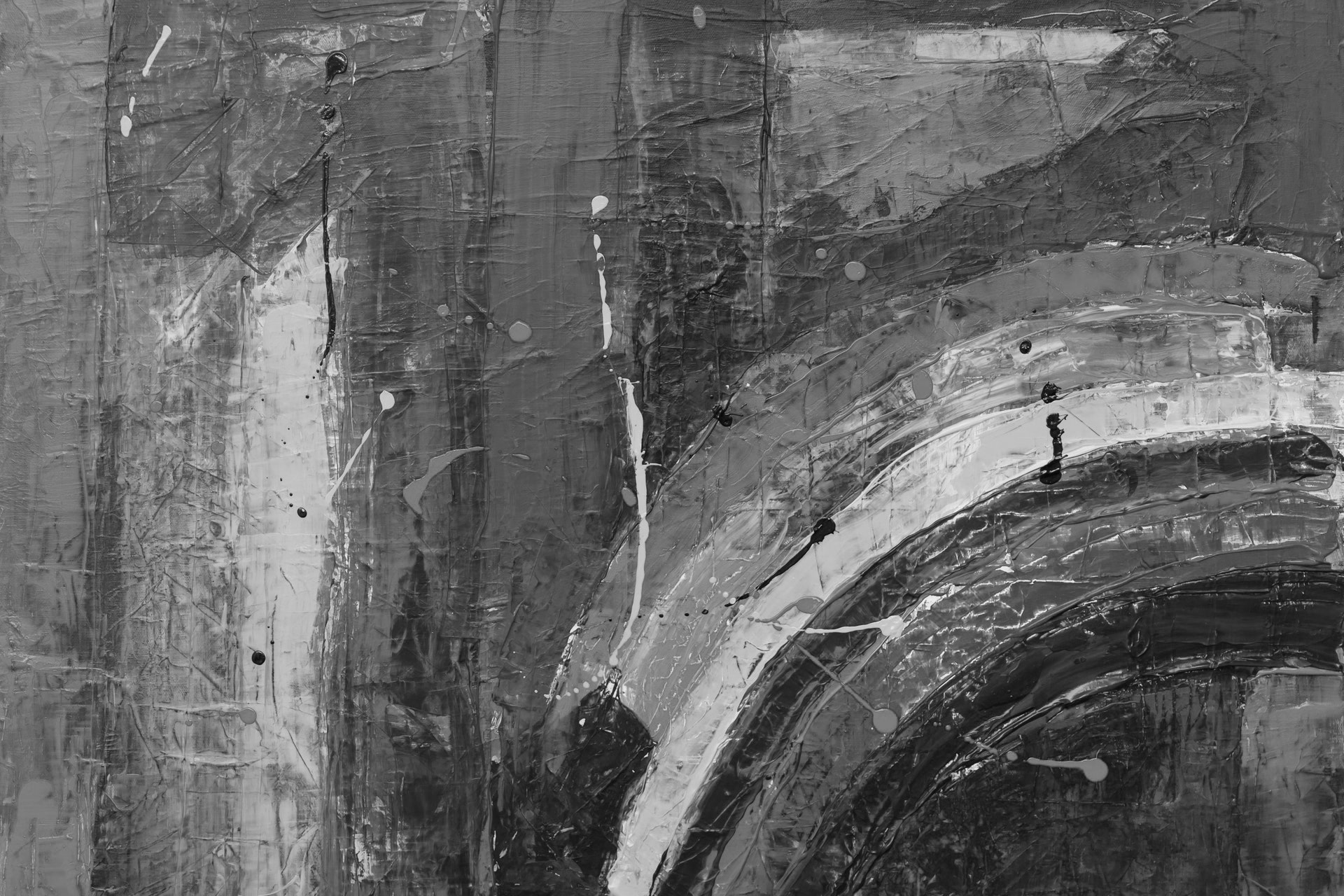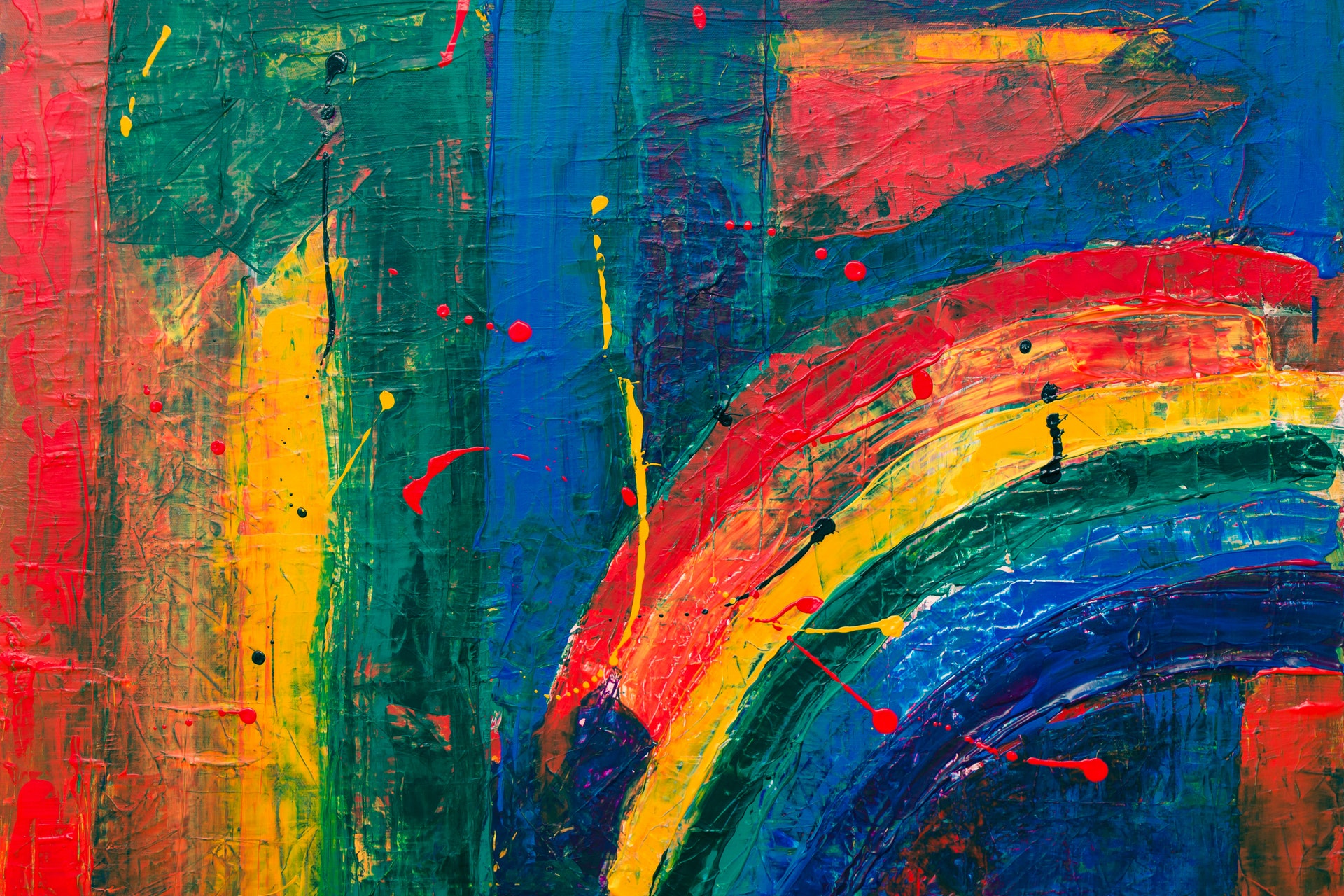Aerial Capture & Drone Mapping
Get Sharper Images and Accurate Measurements from High Altitudes
Aerial Geospatial Data
What consumer drones can’t do
Low quality data
Shorter flight time
Lower Altitude
AECA’S AERIAL MAPPING SOLUTIONS

High Resolution
FURTHER and longer
FAST and efficient
automated pilot

Sample shots


high-resolution images and videos

3d Models and maps

Thermal imaging

Spectral imaging
MAXIMISE YOUR PROJECT RESULTS

01. planning
We will then customise a solution based on your needs.
Flight paths are also discussed at this stage once you agree with the solution we recommend.
02. Flight
Or if you prefer to do it yourself, we can train you how to do it.
03. DATA PROCESSING AND ANALYSIS



Comparison


FAQ
Aerial Capture and Mapping is the process of using drones to capture high-quality aerial imagery of an area, which is then processed to create detailed maps and 3D models.
Aerial Capture and Mapping can be used for a variety of applications, including land surveying, construction site monitoring, urban planning, agriculture, mining, environmental monitoring, and more.
Drones used for Aerial Capture and Mapping are typically equipped with high-quality cameras, GPS systems, and other sensors to capture accurate and detailed imagery. Fixed-wing drones are often used for large-scale mapping projects, while smaller quadcopter drones are ideal for more localized mapping tasks.
The accuracy of the maps generated using Aerial Capture and Mapping can vary depending on a number of factors, including the quality of the drone, the camera used, and the processing software. However, in general, the maps can be highly accurate, with resolution down to a few centimeters in some cases.
Yes, there are typically legal requirements that must be followed when using drones for Aerial Capture and Mapping. These can include obtaining a drone pilot license, registering the drone with the appropriate authorities, and following specific regulations regarding drone usage in your country or region.
The time required to complete an Aerial Capture and Mapping project can vary widely depending on the size and complexity of the area being mapped, as well as the quality and capabilities of the drone and processing software. However, projects can often be completed in a matter of hours or days, rather than weeks or months.
The cost of Aerial Capture and Mapping services can vary depending on a number of factors, including the size and complexity of the project, the quality of the drone and processing software used, and the experience and expertise of the service provider. However, costs can range from a few hundred to several thousand dollars for a single mapping project.





